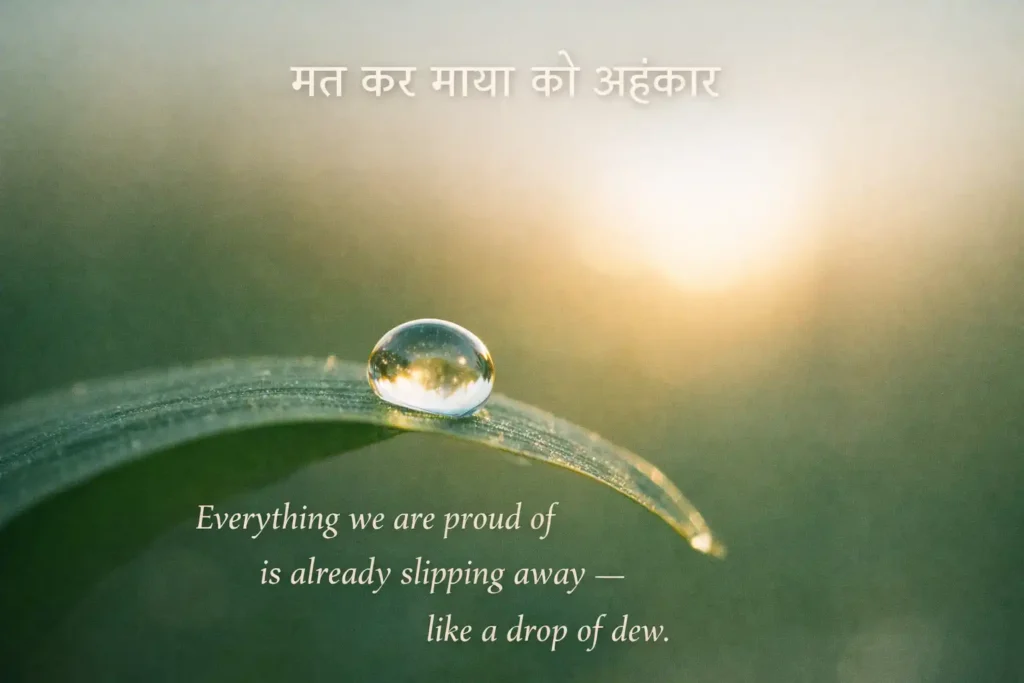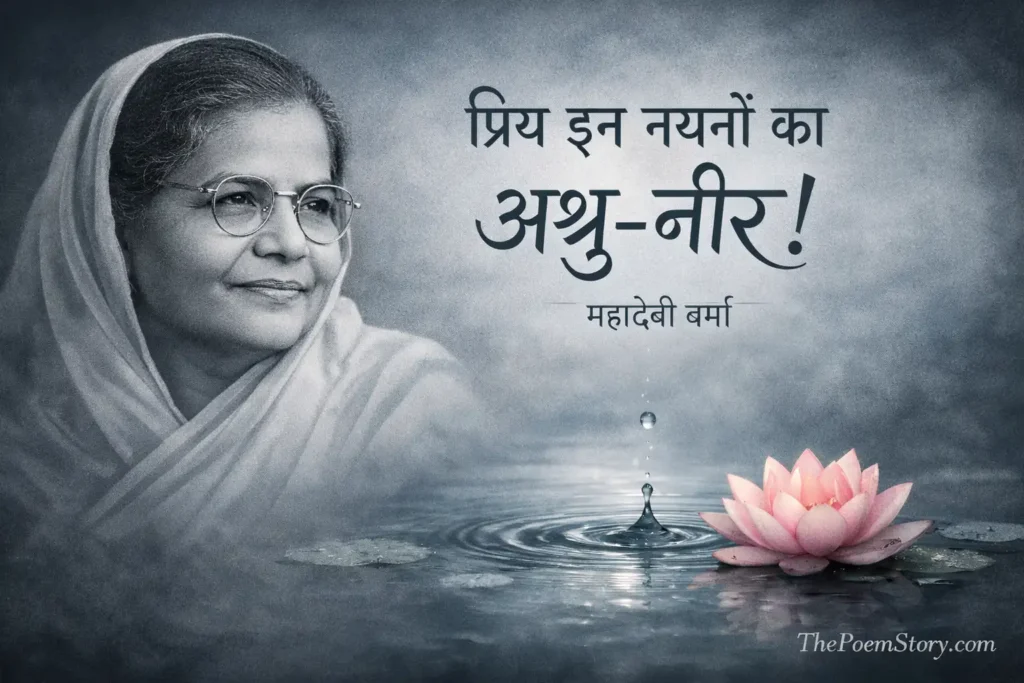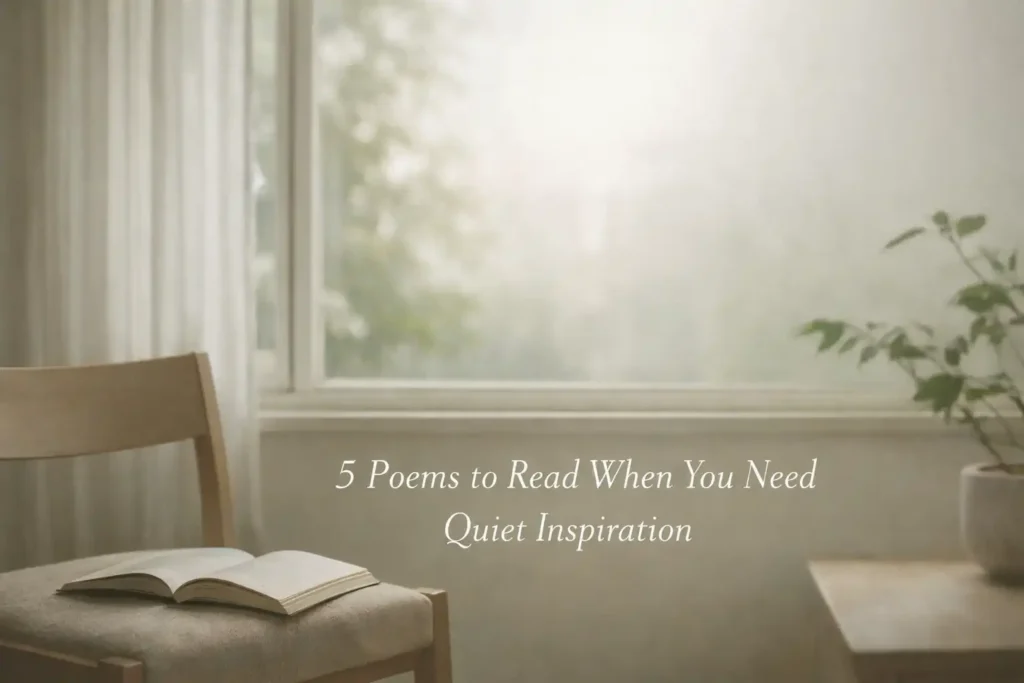Sonnets and Haikus. In English different poems have been written. You might have read many, however, do we what are different poem writing styles? How many types of poems are there in English?
Sonnets and Haikus | What are Sonnets? | What are Haikus? | Differences Between Haikus and Sonnets | Haikus and Sonnets | Haikus Examples | Sonnets Example
Table of Contents
Introduction
Sonnets and Haikus. In English different poems have been written. You might have read many, however, do we what are different poem writing styles? How many types of poems are there in English?
In this post, we will try to answer these. We will mainly discuss 12 common types of poems here.
Each of these 12 poem styles has different writing styles and rhyming styles from each other. There have been experts in every writing style. We will take a look into each writing style, rhyming style, example, and experts of these writing styles.
What are Sonnets?
Sonnets mean small songs or small sounds. This originated in Italy, and it derives its name from the Italian word “Sonneto”.
A sonnet contains 14 lines, and it has a distinguished structure of rhyming.
Let us look at some examples of sonnets.
English Sonnets:
In his poetry, William Shakespeare used this style frequently. It consists of 14 lines. In each line, there are 10 syllables, and the second line is strongly emphasized.
It has a rhyming pattern of “ABABCDCDEFEFGG.”
Sonnets are divided into 3 quatrains. Each quatrain has 4 lines of stanzas, and they are followed by a rhyming couplet (2-lines). Let us understand this with an example.
Shall I compare thee to a summer’s day? by William Shakespeare
Quatrain 1: Rhyming Pattern (ABAB)
Shall I compare thee to a summer’s day? — (A)
Thou art more lovely and more temperate: — (B)
Rough winds do shake the darling buds of May, — (A)
And summer’s lease hath all too short a date; — (B)
Quatrain 2: Rhyming Pattern (CDCD)
Sometimes too hot the eye of heaven shines, — (C)
And often is his gold complexion dimm’d; — (D)
And every fair from fair sometime declines, — (C)
By chance or nature’s changing course untrimm’d; — (D)
Quatrain 3: Rhyming Pattern (EFEF)
But thy eternal summer shall not fade — (E)
Nor lose possession of that fair thou owest; — (F)
Nor shall Death brag thou wanderest in his shade, — (E)
When in eternal lines to time thou growest: — (F)
Couplet: Rhyming Pattern (GG)
So long as men can breathe or eyes can see, — (G)
So long lives this, and this gives life to thee. — (G)
Italian Sonnets
These are also called “Petrarchan Sonnet” and was frequently used by the Italian poet “Petrarch”. These too contain 14 lines. However, they differ from English Sonnets in structure.
They comprise of an octave (8 lines) and then comes the sestet (6 lines). If we talk about the rhyming patters the octaves are usually in a pattern of “ABBAABBA” and sestet are in a pattern of “CDCDCD” or “CDECDE”.
Example of Italian Sonnet: This is a classic example of Italian Sonnet. This is sonnet 90 and was composed by “Francesco Petrarca”.
Octate: 8 Lines with Rhyming pattern “ABBAABBA”
Love, who sees all things, as it seems to me, — (A)
Knows that of pity, my lady, you are void, — (B)
So well is this now known to all the world, — (B)
Your heart so hard, so pitiless and free. — (A)
Therefore, I shun your presence, so that she — (A)
Who reads this verse will pity my soul, annoyed — (B)
By such inhuman acts, and soon destroyed — (B)
Like a moth enticed by a blazing light. — (A)
Sestet: 6 Lines with Rhyming pattern “”CDECDE”
Even if I tried to stop, I cannot cease — (C)
Desiring her; and so, from time to time, — (D)
For short-lived joys, I gladly burn in hell. — (E)
For, without thinking, one cannot release — (C)
The heart from that which it has sought to find; — (D)
Desire increases, and our sorrows swell. — (E)
What are Haikus?
Beautiful 3 lines poem is Haikus. This style originated in Japan, and it is well-known and appreciated for its simple form. Haikus are good for capturing moments of nature. It depends upon how precisely and beautifully the nature is described in Haikus.
Haikus typically consists of 17 syllables. They follow a pattern of 5-7-5 syllables.
The main idea behind a Haiku is to focus and present a particular idea. Like in “O snail” by “Kobayashi Issa”, the main idea is to tell a snail to climb the mount Fuzi slowly. It derives a meaning of slow and steady work, and courage. Beautifully captured in 3 lines.
O snail
~ “O snail” by Kobayashi Issa
Climb Mount Fuji,
But slowly, slowly!
After killing
~ “After Killing a Spider” by Masaoka Shiki
a spider, how lonely I feel
in the cold of night!
Haikus are mainly based on Nature themes and focus on them. Like the season, a change in the seasons, landscape, and behavior of animals. In few words Haikus precisely capture and present a broad meaning and emotions.
When these Japanese poems are written or adopted in English writing styles, they sometimes do not follow the rule of 5-7-5 syllables. They are modified as per the requirements of the English language.
Differences Between Haikus and Sonnets
| Sonnets | Haikus | |
|---|---|---|
| Structure | Consist of 14 lines, traditionally written in iambic pentameter. | Often have three lines that total 17 syllables. Are arranged in a 5-7-5 syllable pattern. Known for its simplicity and conciseness. |
| Rhyme Scheme | Possess unique rhyme patterns based on the form. Shakespearean sonnets, for instance, usually have the rhyme system ABABCDCDEFEFGG. | Do not have a particular rhyming scheme. Focus mainly on a single moment. |
| Cultural Origins | They rose to fame in Italy during the Renaissance and subsequently in England. | Originated in Japan and has a long history of being used in Japanese Literature. |
| Focus and Themes | Permit themes to be explored in more detail. Philosophical thoughts, love, beauty, and mortality are frequent topics. | Focuses on single moment, mainly the nature. |
| Use of Imagery | Use imagery as well, but with the longer form, you can explore concepts and images in greater detail. | The imagination is broad. Emotions and meaning mainly depend upon the reader’s perspective. |
| Tone | can have different tones based on the subject. They could express comedy, introspection, or strong feelings. | Has a peaceful tone and captures a moment of reflection or observation. |
| Flexibility | Give the rhyme system and structure greater leeway so that it can be adjusted and modified. | When adopted in English or used by modern poets, it allows variations. |
Conclusion | Sonnets and Haikus
In this post we read about the Sonnets and Haikus. Looked at definitions of Sonnets and Haikus. Now we have an understanding on “what are sonnets” and “what are haikus”. We listed a few “differences between haikus and sonnets”.
Hope you liked the post. Keep reading.
Read More



















